In November 1946, a little over one year after the end of World War II, RKO Pictures and Samuel Goldwyn released the movie “The Best Years of Our Lives”, which won seven Oscars at the 1947 Academy Awards.
If you haven’t seen it, you should. For those of you who don’t know, it’s the story of three returning veterans and the difficulties they faced returning to civilian life. One of the actors, Harold Russell, had never acted before, yet he won the Oscar for Best Supporting Actor, playing Homer Parrish, who had lost both of his hands in the war.
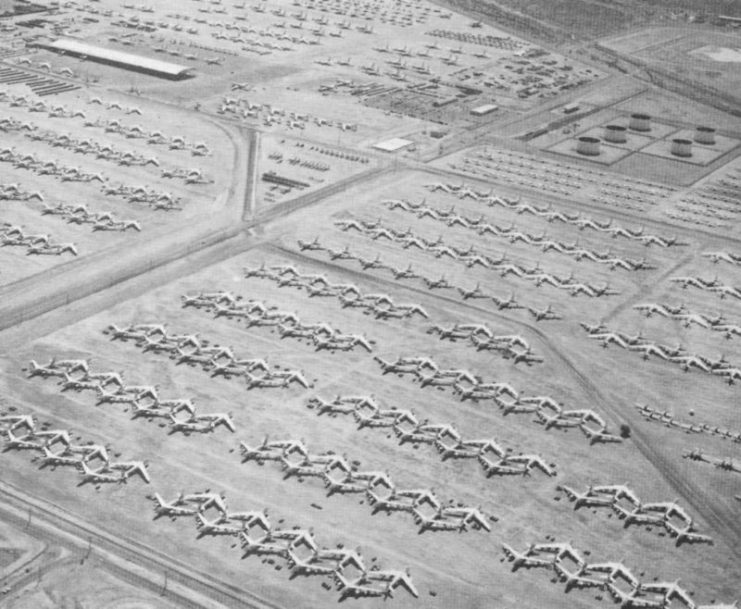
Russell knew the part well – as an instructor with the 13th Airborne (which ironically never saw action during the war), Russell was handling an explosive during the making of a training film: a defective fuse caused it to prematurely explode, costing Russell both hands.
One of the other main characters of the film, former Army Air Corps Captain Fred Derry (played by Dana Andrews), was a highly decorated bombardier on a B-17. Before the war he was a soda jerk. Showing symptoms of what we now call “PTSD”, Fred returns home to a tightened job market – the only job he can get is his old one behind the soda counter of a burger joint. He also has serious marital issues. Almost at his last straw, Fred wanders into a vast field covered in the remains of various WWII planes.
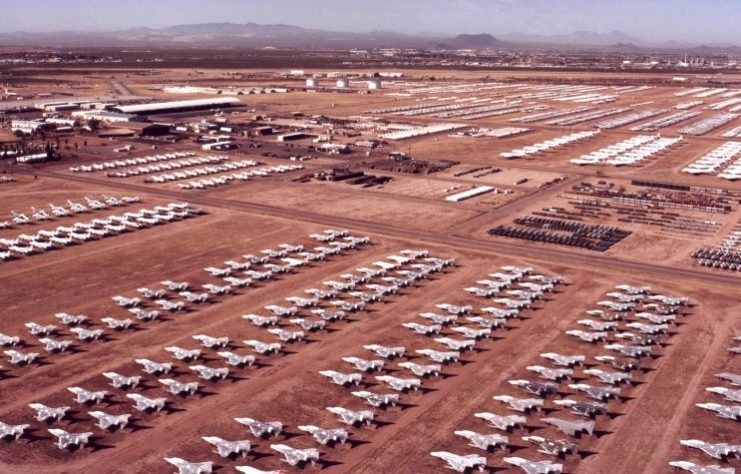
Seeing a partially gutted B-17, Fred takes the bombardier’s position and mentally relives some of his missions. As he breaks out into a sweat, a man yells from outside the plane and tells him to get out – the plane is being hauled away as scrap. Fred tells him that he used to serve on a B-17 and that it’s a shame that the plane is being taken to the junkyard.
The man (another veteran) replies that the bomber and the others there are being taken apart and used to help build new homes for vets. Fred asks the man for a job, and we’re left with the impression that Fred’s life is about to turn around.
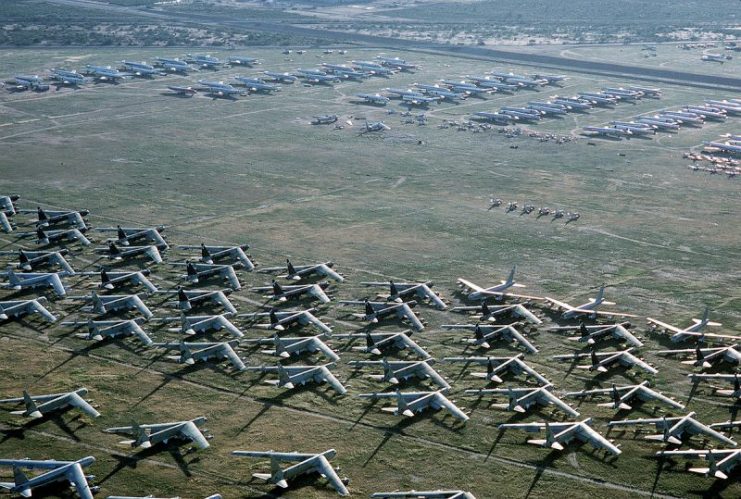
In the film, the planes were used to build new homes for vets, but unfortunately, most of the planes that helped win the war weren’t put to such good use. Most were stored in what are colloquially termed as “aircraft boneyards”.
It is rare for any technology to become obsolete “overnight”, but with the development of jet technology, the vast numbers of propeller driven fighters and bombers of WWII became virtually useless to the military of the United States. Both Great Britain and the United States had developed jet fighters during the war, though the American P-80 arrived in theater too late to see combat. The Soviets entered the jet age shortly after wars’ end in 1946.
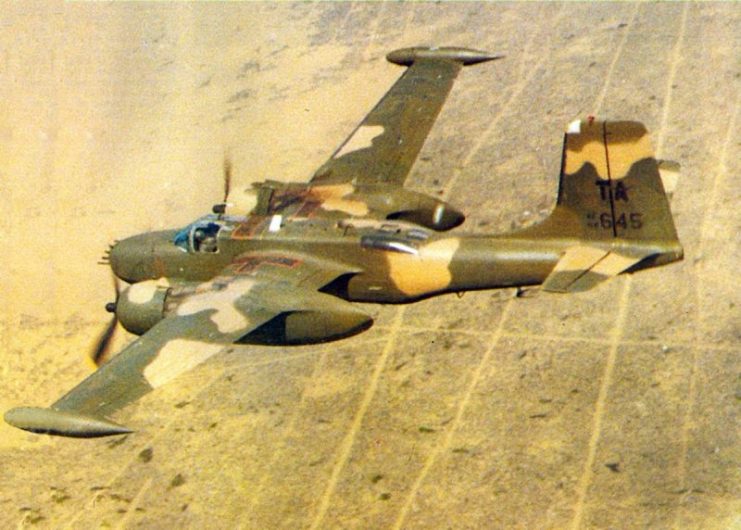
The United States built nearly 300,000 planes for a variety of military uses in the period 1940-45. Most of these planes still existed when the war ended (about 70,000 were lost during the war: most of these were not combat related: they were lost in transport ships sunk by U-Boats and/or in ferry or training accidents). Many had not seen use for years (having become obsolete with the entrance of newer, better aircraft).
Some of these planes had gone to allies – the Soviet Union and Canada received many of them. After the war, a fairly large number were sold/given to other nations – many of them in Europe to counter any possible Soviet moves (Greece and Turkey were the beneficiaries of hundreds of planes).
Some were auctioned off to civilians/private companies – the Douglas C-47/DC-3 had a post-war life as a passenger/transport aircraft. Many other roles were filled as well. Still, that left thousands upon thousands of aircraft. Thus, the “boneyard” was “born”.
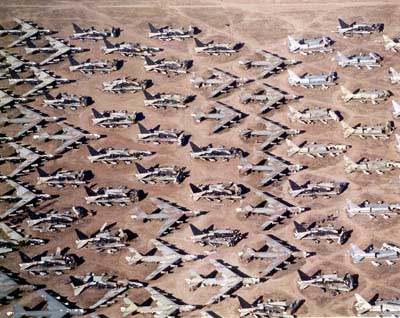
The biggest post-WWII boneyard was in Arizona, at what is now the Davis-Monthan Air Force Base. The first residents were B-29 Superfortresses and C-47’s. Today, Davis-Monthan is the home of the 309th Aerospace Maintenance and Regeneration Group, and still houses old or defunct planes. Their use is almost the same as it was in 1946: they are used for spare parts or sold off whole or in parts.
Unlike their WWII predecessors, many planes are kept here for possible future use – in reserve storage, either on a short or long term basis. The weather in Arizona combined with the altitude of the base helps keep rust and other weather-related damage at a minimum. Another base in Arizona, Kingman, was also used to house WWII aircraft, as were bases in California, Texas, New Mexico, Oklahoma and one in Arkansas.
What happened to the planes of WWII? Fortunately, a small number were sold to private individuals over the years (either whole or in parts), and today they fly as living reminders of the great conflict. Others reside in museums such as the Smithsonian.
One would think that the whole plane could have been sold, but that was not the case. Studies by the government showed that the entire cost (which included land use, transport, man-hours, etc) would be more than what could be gained, so most of the planes were subject to what the Air Force called “salvage and melt”.
“Salvage and melt” meant that the planes would be stripped of engines, armament, instruments and radios (which would be sold in lots or individually, or re-used, in the case of many .50 caliber machine guns). The air-frame and any other metal parts would be melted down. Most were made from aluminum, which was needed around the world after WWII. The metal was shaped into ingots, like gold, and sold world-wide. Many of the planes went into rebuilding Western Europe through the Marshall Plan. In a way, they helped save Europe twice.
